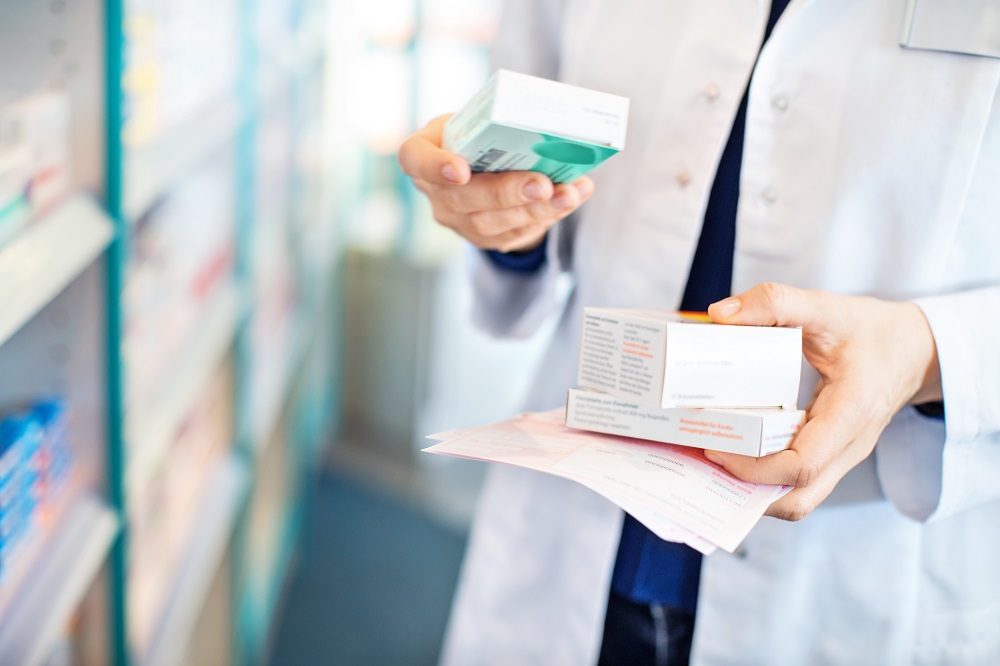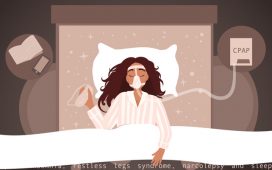A new prediction model developed to identify drugs with similar names and appearances may reduce medication errors
Potato, patato. Slather on rich sour cream speckled with fresh chopped chives and who cares what you call the starchy plant tuber! Just call it delish.
It’s a different story with drugs. A medication’s name – as well as its look and packaging – matters a great deal. According to the Harvard Pilgrim Health Care Institute (HPHCI) team, a Harvard Medical School affiliate, sound-alike look-alike (SALA) medication confusion effects as many as 250,000 Americans annually. To mitigate that stat, the HPHCI team developed a new prediction model that supports prescribers by flagging any prescribed medication that shares a similar name and/or appearance with another drug. The model, still in its infancy, debuted as a poster during the June 2019 American Society of Health-System Pharmacists Summer Meetings and Exhibition in Boston.
How serious is SALA? Maybe you recall the 2016 case when 55 reports noted confusion between Brintellix, an antidepressant, and Brilinta, a blood thinner. Two reports cited serious adverse events. Soon thereafter, the U.S. Food and Drug Administration (FDA) approved a name change for Brintellix to Trintellix.
“It may be surprising that something as simple as a name can lead to serious medical prescription errors,” says Qoua Her, PharmD, MSPharm, research analyst at HPHCI and lead author of the prediction model poster. “But even well-trained healthcare professionals can mistake one medication for another with an almost identical name. Our new prediction model has the potential to reduce critical errors by identifying high-risk sound-alike-look-alike medication pairs.”
Aiming for a model that fosters preventative healthcare – rather than reactive action – the HPHCI team evaluated 82 medication name similarities and seven product attribute measures with 40,000 samples of medication pairs. Next the team created a prediction model comprised of 13 predictors for potential SALA medication errors, with predictors including similar medication names and product attributes, such as route, class, and strength. The team tested the model with 20,000 samples of medication pairs and found the model to have a high accuracy in identifying possible mistakes . The final prediction model was able to identify almost all SALA medication pairs, with mean c-statistic and positive predictive value at 0.987 and 0.939, respectively
The research team’s next step is to publish their study’s results. Then, looking off into the future, Dr. Her adds, “This tool may someday be used to evaluate new medication names adjunct to what is already in place.”
That, as they say, is no small potatoes.
To see just how deep SALA confusion goes, the Institute for Safe Medication Practices (ISMP) offers an overwhelmingly long list of commonly confused drug names.







